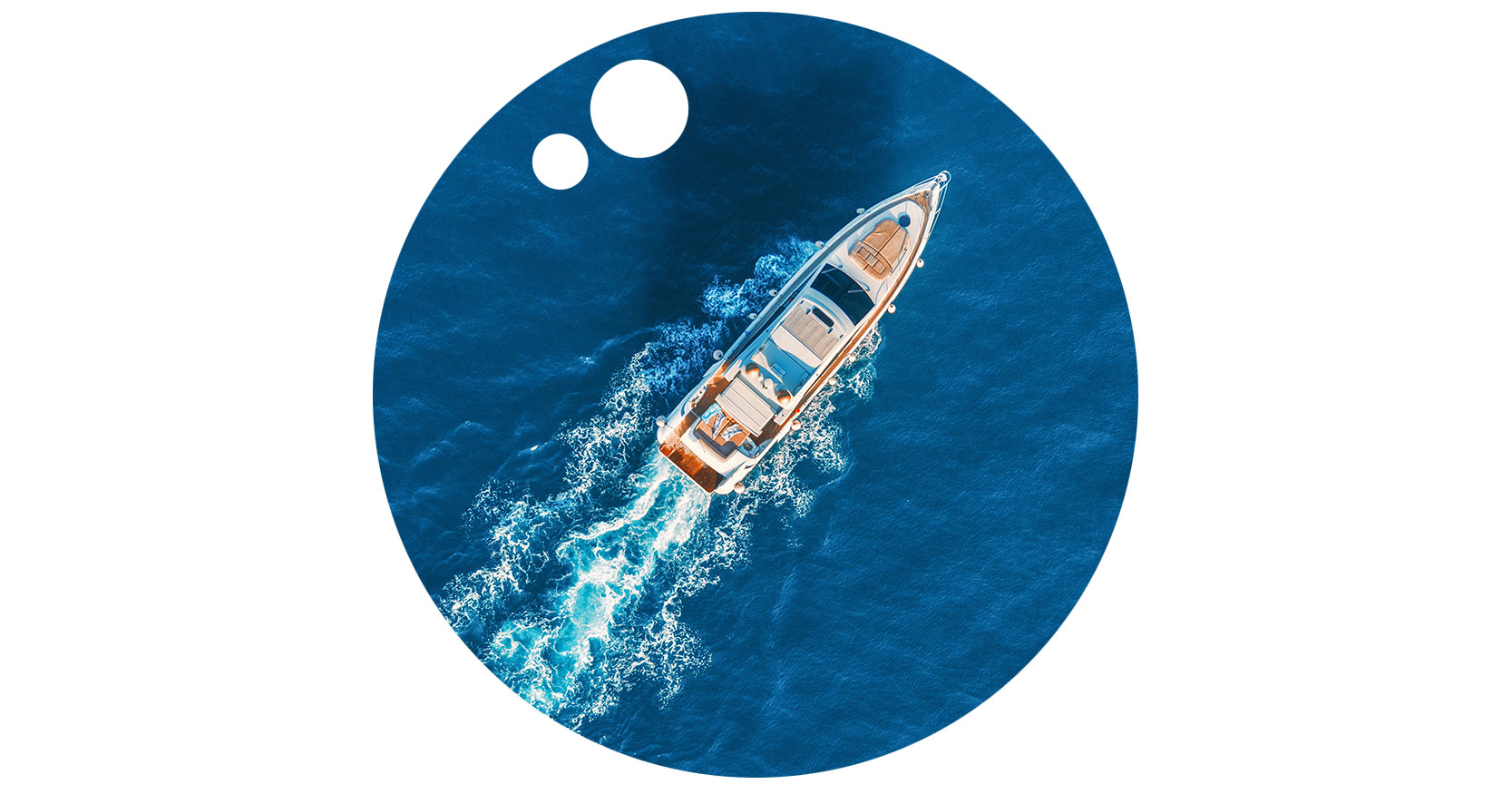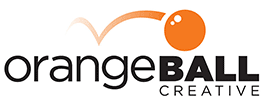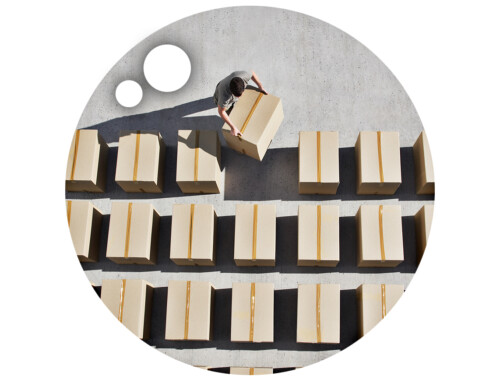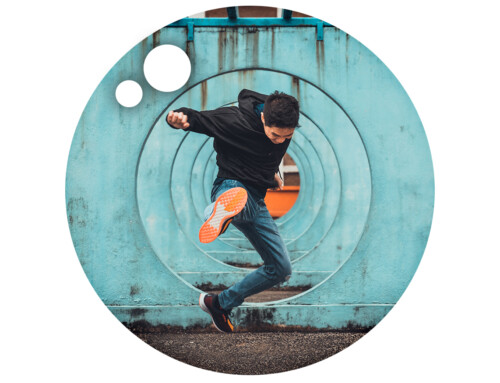
Resist the Drift
Professionally and personally, it can be easy to drift. When things get comfortable, we can become passive and unresponsive, continuing along painless and basic pathways. Inversely, when things get busy and uncomfortable, it can be tempting to lean into what we know and continue doing what we’ve always done, even if it’s not taking us in the right direction.
We drift aimlessly, like a ship with no power or rudder, allowing the wind and waves to dictate our direction. It can be an easy trap to fall into, lulling us to sleep. Eventually, when we do wake up, we’re nowhere close to where we expected. Drifting will take us somewhere, but often not to our desired destination. With that in mind, here are five questions to ask that will help you resist the drift at work and home.
Do we have a clear destination?
Having clarity around where it is you want to go is essential. As a team or an individual, you need to understand your purpose and have a clear vision for where you’re heading. Without that, you’ll be prone to drifting. Think about your destination in terms of setting your goals. What do you want to accomplish, how will you measure progress along the way, and how will you know when you get there? Remember, finding joy in the journey is just as important as achieving the goal, and having a clear destination makes drifting less enticing.
Have we communicated the destination to all involved?
Professionally, within our teams, it’s essential that everyone knows what our goals are. We should talk about our goals openly, and everyone should understand their role in achieving them. If people don’t know where they fit and the value of their contribution, drifting occurs much more easily. Even when it comes to working on your personal goals, you’re almost always going to lean into friends and family for help. Making sure they know their role and how much you appreciate them is a must if you want to prevent drifting.
Is there alignment on what the destination is?
Sometimes we find ourselves in situations where the destination has been communicated, but our team isn’t aligned. When this happens, the individuals rowing the boat will sometimes try to adjust the direction based on their personal intentions, not the team’s destination. Not only does this slow down progress, but it can quickly take you off course. Often, alignment ties back to communication. The solution here is to have transparent conversations about the destination with room for challenges and asking questions. Then, people need to decide whether they’re in the right boat or not based on where we’re all headed together. When we’re not in the right boat, we tend to drift because we’re not invested in the destination and don’t care.
Are we heading in the right direction?
When learning basic orienteering using a map and compass, one of the first things you learn is that you need to continually check to make sure you’re heading in the right direction. Instead of checking your direction once, you confirm it repeatedly throughout the journey. You do this by picking a landmark that is aligned with where you want to go and heading toward it. Then, when you arrive, you recalibrate and make sure you’re still heading toward your destination. Personally and professionally, we should always check in with ourselves or our teams to ensure we’re moving toward our goals. Skip this, and drifting is a natural consequence.
What do we need to adjust?
Adjusting course is a natural next step after we check to ensure we’re heading in the right direction. Too often, we see that we’re slightly off course but are too busy to do anything about it. Instead of making the adjustments needed to reorient toward our destination, we let complacency set in. By not taking action quickly when we realize we’re off course, and letting the tides dictate our direction, we increase the negative impact of the drift.
Call-to-Action
Whether it’s the busyness of business or letting the comfortable set in personally, we’re all tempted to drift. It’s easy and takes no effort. Unfortunately, it’s also what keeps us from arriving at life’s destinations and reaching our goals. Resist the drift.
As part of our work, we’re using our Brand Bounce Bootcamps to help clients resist the drift in their businesses. By creating time and space for them to collaborate as teams and talk about their destinations, we’re strengthening their marketing and creating alignment within their organizations. In addition, we’re guiding them in telling their stories to their leadership, staff, customers, and clients. Curious? Reach out today to learn more.
Ready for more?
OrangeBall Insights has always been a place to share ideas, explore our purpose and leadership, and chat a little bit about marketing. If this resonated and you’d like to receive weekly ways to bounce higher every day, subscribe here.



